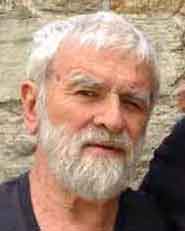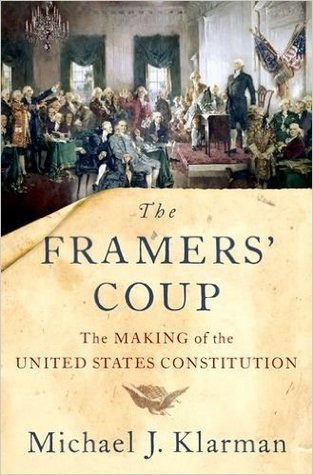He concludes that the only rational choice is to agree on two principles. The following formulation here will suffice:
The two principles of justice are the liberty principle and the difference principle. The two principles are intended to apply to the basic structure of society–the fundamental political and economic arrangements–as opposed to particular actions by governmental officials or individual statutes. The liberty principle requires that the basic structure provide each citizen with a fully adequate scheme of basic liberties — such as freedom of conscience, freedom of expression, and due process of law. The difference principle requires that inequalities in wealth and social position be arranged so as to the benefit the worst off group in the world. Rawls states that the two principles are lexically ordered, with the liberty principle taking precedence over the difference principle in the case of conflict.
As it turns out, although the altered condition of the people in the Original Position is unpredictable, their transported institutional situation seems to be a liberal democratic society with a capitalist economy. So, in effect they are asked to write a meta-law for, let’s say, the Constitution of the United States. In effect, the second principle would require the introduction of either a right to a job for all or a basic income for all, and perhaps a free universal health care.
What these people in the Original Position seem to have forgotten is that they are animals on earth who need access to subsistence, and that they can get this subsistence if they have a free access to land. Before the contents of some agreed to rule is adopted, it is first necessary to make agreements in the first place. So, it seems that the first order of business is to come up with two meta-rules: Meta-Rule 1: Make Agreement (on Rules) rather than resort to coercion (War); Meta-Rule 2: Abide by the agreements (Rules).
Really, instead of the contrived Original Position, a more historically realistic situation is envisioned by John Stuart Mill. He imagines a group of colonists arriving at some uninhabited land.
Book II, Chapter 1. Principles of Political Economy:
In considering the institution of property as a question in social philosophy, we must leave out of consideration its actual origin in any of the existing nations of Europe. We may suppose a community unhampered by any previous possession; a body of colonists, occupying for the first time an uninhabited country; bringing nothing with them but what belonged to them in common, and having a clear field for the adoption of the institutions and polity which they judged most expedient; required, therefore, to choose whether they would conduct the work of production on the principle of individual property, or on some system of common ownership and collective agency.If private property were adopted, we must presume that it would be accompanied by none of the initial inequalities and injustices which obstruct the beneficial operation of the principle in old societies. Every full grown man or woman, we must suppose, would be secured in the unfettered use and disposal of his or her bodily and mental faculties; and the instruments of production, the land and tools, would be divided fairly among them, so that all might start, in respect to outward appliances, on equal terms. It is possible also to conceive that in this original apportionment, compensation might be made for the injuries of nature, and the balance redressed by assigning to the less robust members of the community advantages in the distribution, sufficient to put them on a par with the rest. But the division, once made, would not again be interfered with; individuals would be left to their own exertions and to the ordinary chances, for making an advantageous use of what was assigned to them. If individual property, on the contrary, were excluded, the plan which must be adopted would be to hold the land and all instruments of production as the joint property of the community, and to carry on the operations of industry on the common account. The direction of the labour of the community would devolve upon a magistrate or magistrates, whom we may suppose elected by the suffrages of the community, and whom we must assume to be voluntarily obeyed by them. The division of the produce would in like manner be a public act. The principle might either be that of complete equality, or of apportionment to the necessities or deserts of individuals, in whatever manner might be conformable to the ideas of justice or policy prevailing in the community.
Examples of such associations, on a small scale, are the monastic orders, the Moravians, the followers of Rapp, and others: and from the hopes, which they hold out of relief from the miseries and iniquities of a state of much inequality of wealth, schemes for a larger application of the same idea have reappeared and become popular at all periods of active speculation on the first principles of society. In an age like the present [1848], when a general reconsideration of all first principles is felt to be inevitable, and when more than at any former period of history the suffering portions of the community have a voice in the discussion, it was impossible but that ideas of this nature should spread far and wide. The late revolutions in Europe have thrown up a great amount of speculation of this character, and an unusual share of attention has consequently been drawn to the various forms which these ideas have assumed: nor is this attention likely to diminish, but on the contrary, to increase more and more.
Rawls’ problem is caused by starting off with a bad idea of justice. Justice, in short, is simply the virtue of keeping to your agreements.
Anyway, here is Noam Chomsky’s view of Rawls:


